1. Smoke as a Pathway for Spirits
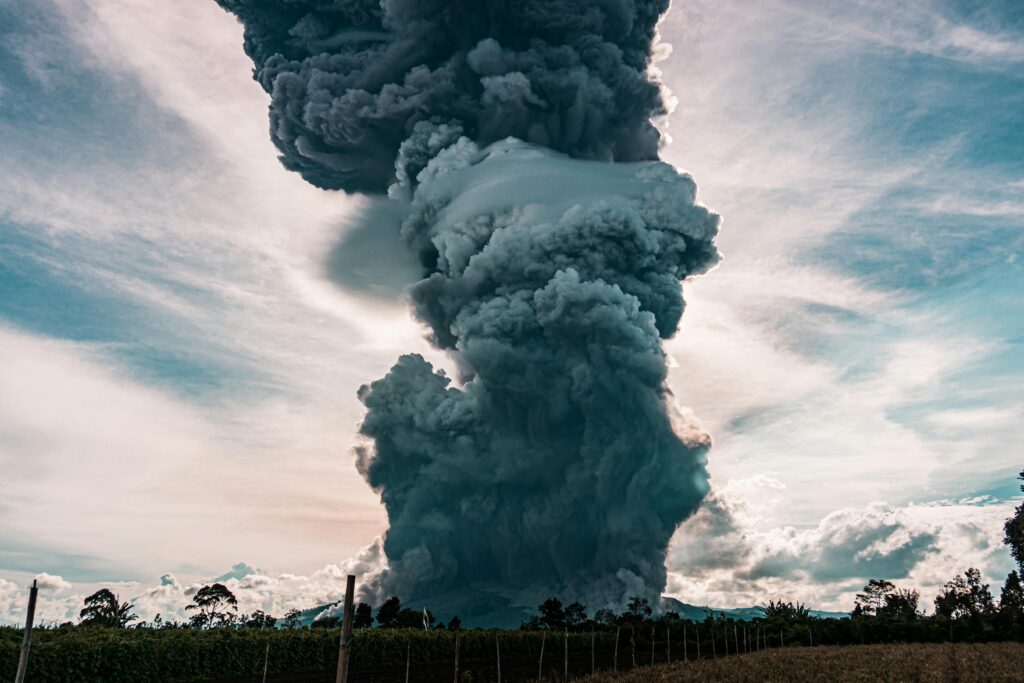
In many ancient cultures, smoke wasn’t just something that drifted into the air, it was thought to be a highway for spirits. People believed that burning incense, herbs, or even wood sent messages straight up to the heavens. The rising trails of smoke symbolized prayers traveling directly to gods or ancestors. This idea was common in both Eastern and Western traditions, with the act of burning considered a bridge between worlds.
But there was a creepier side to this belief. Some thought smoke didn’t just carry prayers, it also brought spirits back down. If you weren’t careful, you might invite something you didn’t want into your home. That flicker of shadow in the haze wasn’t always seen as harmless—it could have been a ghost trying to slip through.
2. Smoke as the Breath of the Dead
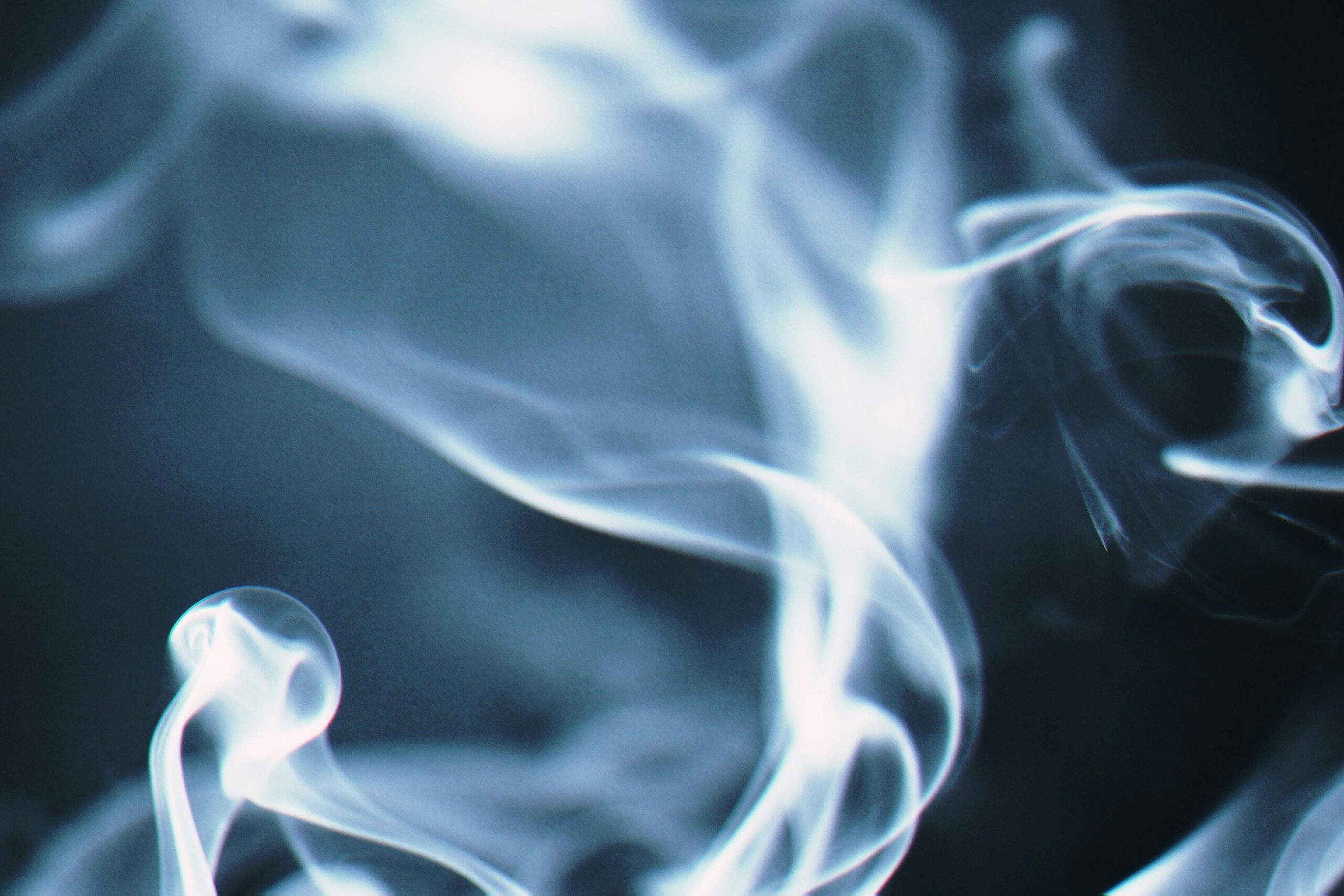
In certain traditions, smoke was seen as the actual breath of the deceased. During funerals or cremations, the smoke rising into the air was believed to be the soul leaving the body and joining the afterlife. Watching smoke curl upward could feel like witnessing a spirit’s final farewell.
However, if the smoke lingered low or swirled strangely, some feared it meant the dead weren’t ready to move on. Families would sometimes panic if smoke seemed “trapped,” believing their loved one’s spirit was stuck between worlds. The unpredictable behavior of smoke made people uneasy, as if it carried hidden messages from beyond.
3. Smoke and Witchcraft
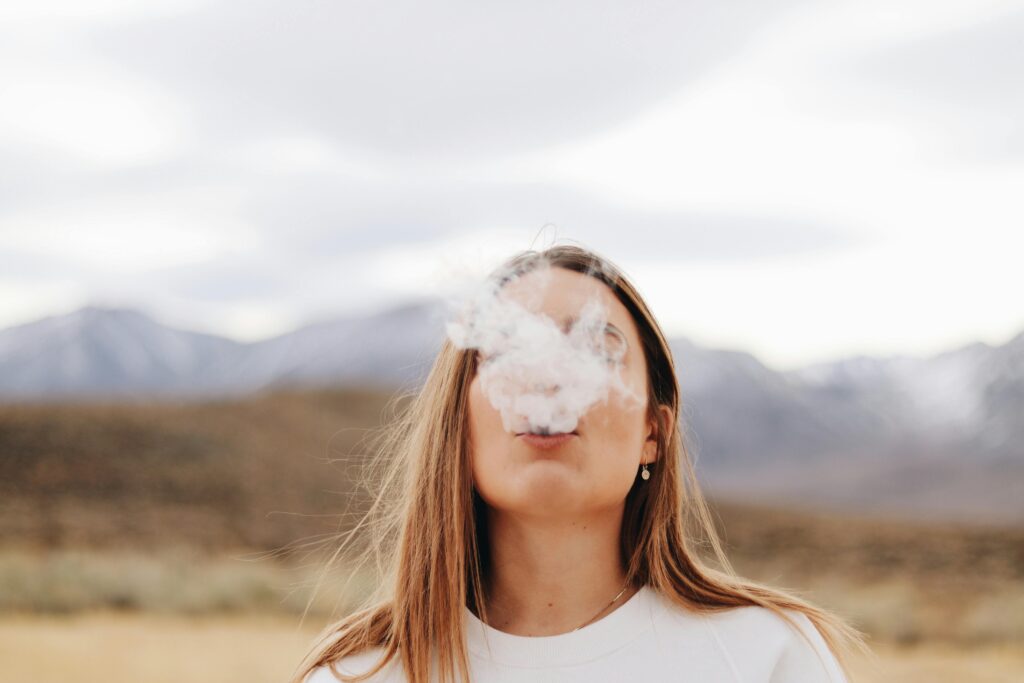
For centuries, smoke was tied to witchcraft and sorcery. Burning herbs like sage or mugwort wasn’t just about cleansing spaces, it was thought to open portals to other realms. Witches were said to “read” smoke the way others read tea leaves, interpreting its movements as omens.
On the flip side, villagers often feared smoke as proof of dark magic. A chimney that billowed at odd times or a bonfire that smelled strange might spark whispers of a witch nearby. The fear wasn’t only in the flames but in the curling, mysterious smoke that seemed alive with secrets.
4. Smoke as a Messenger of Doom
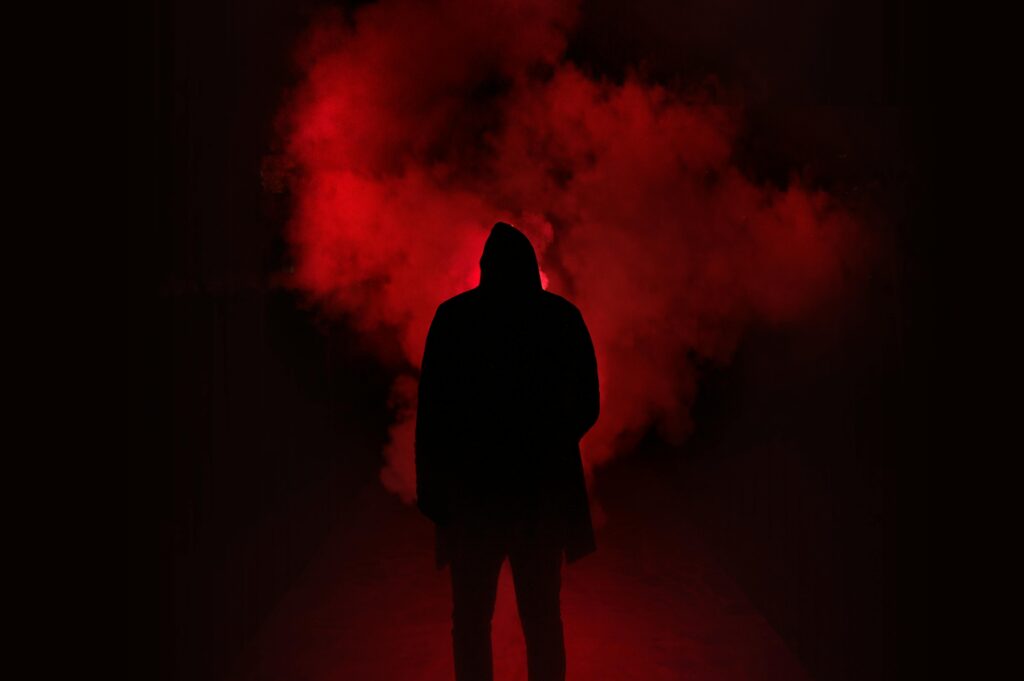
In old European folklore, smoke that drifted indoors unexpectedly was considered a bad omen. A sudden plume seeping under the door could mean illness, tragedy, or even death was on its way. People believed it was the spirit world giving a warning.
This made house fires even more terrifying because the smoke itself was seen as supernatural. Survivors sometimes claimed that the smoke “spoke” to them in shapes or whispers. It blurred the line between natural disaster and eerie prophecy.
5. Smoke in Sacred Rituals
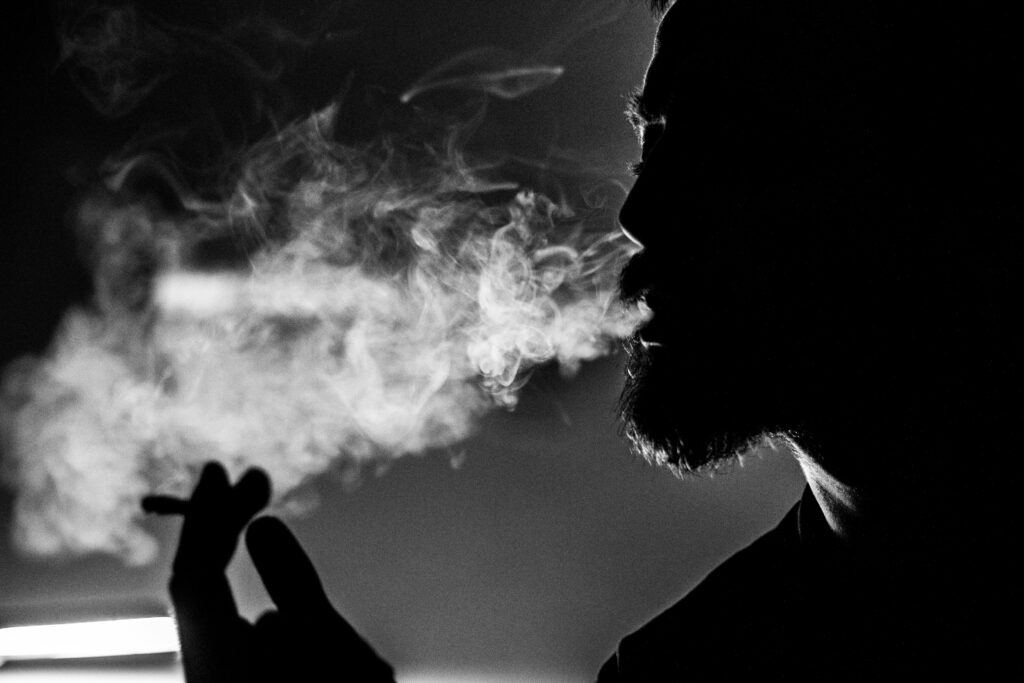
Indigenous cultures across the world treated smoke as sacred. In Native American traditions, for example, smoke from sage or sweetgrass was thought to purify the body and spirit. The way the smoke moved was believed to reveal the presence of ancestors or spirits nearby.
But even in these sacred ceremonies, there was a haunting undertone. If smoke blew back into your face instead of rising, it was taken as a sign that the spirits disapproved. That kind of reversal could be unsettling, leaving people to wonder what invisible force they had offended.
6. Smoke as a Trickster
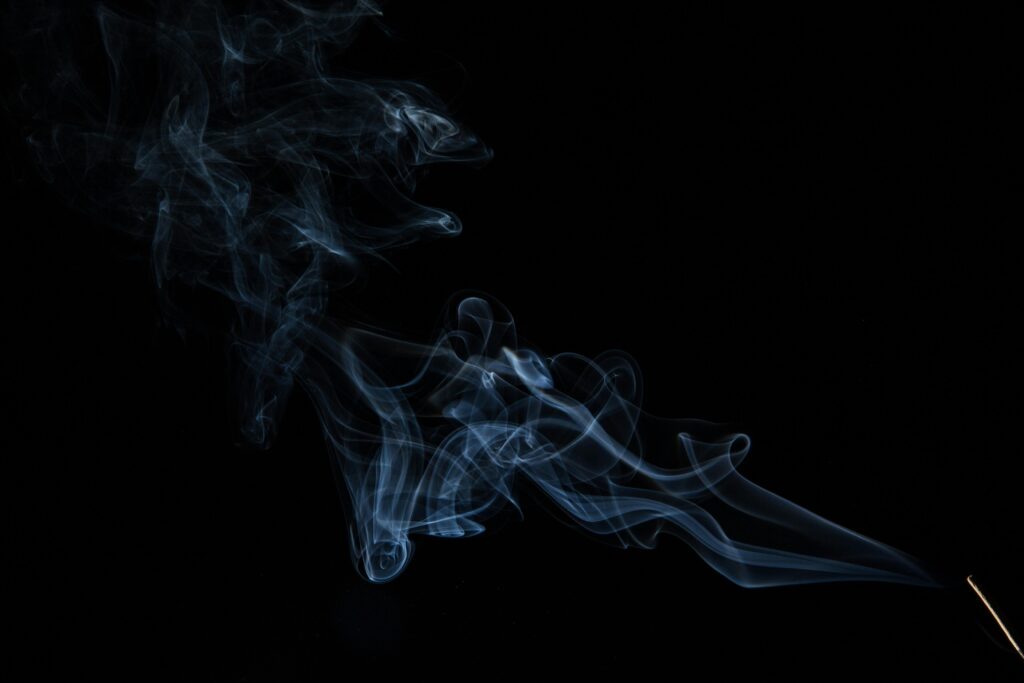
Some cultures saw smoke as something mischievous, a force that played tricks on human perception. Because smoke can twist into shapes and faces, people often thought it carried hidden meanings. Entire superstitions grew around seeing figures in smoke, from angels to demons.
The eerie part was how personal these visions could feel. A face in the smoke might look like a dead relative or even a sinister stranger. To those who believed, it wasn’t coincidence but a message that someone—or something—was trying to reach out.
7. Smoke and Illness

Long before science explained the dangers of inhaling smoke, people associated it with mysterious sickness. Thick smoke was believed to carry curses or malevolent spirits that settled into the lungs. Breathing it in was more than unhealthy—it was like inviting evil inside your body.
This made smoky nights especially frightening. If a fog mixed with chimney smoke rolled through a town, people sometimes stayed indoors, convinced the air itself was cursed. The sense that unseen forces hid in the haze made every breath feel dangerous.
8. Smoke as a Portal to the Underworld
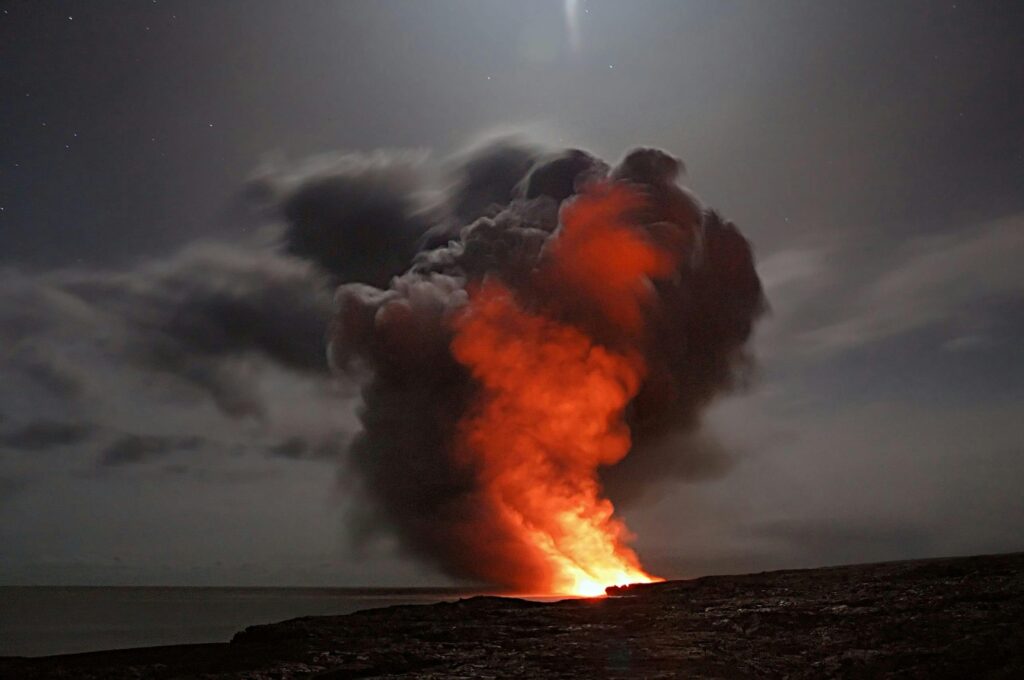
In some myths, smoke was thought to be the visible sign of the underworld breaking through. Cracks in the earth that emitted smoke, like volcanic vents, were seen as literal doorways to hell. Standing too close meant risking being pulled in by unseen hands.
Even everyday smoke from a hearth could take on this sinister meaning. People warned children not to stare too long into the smoky air above fires, fearing it could draw them toward the underworld. It turned something ordinary into something that carried hidden menace.
9. Smoke and Animal Spirits
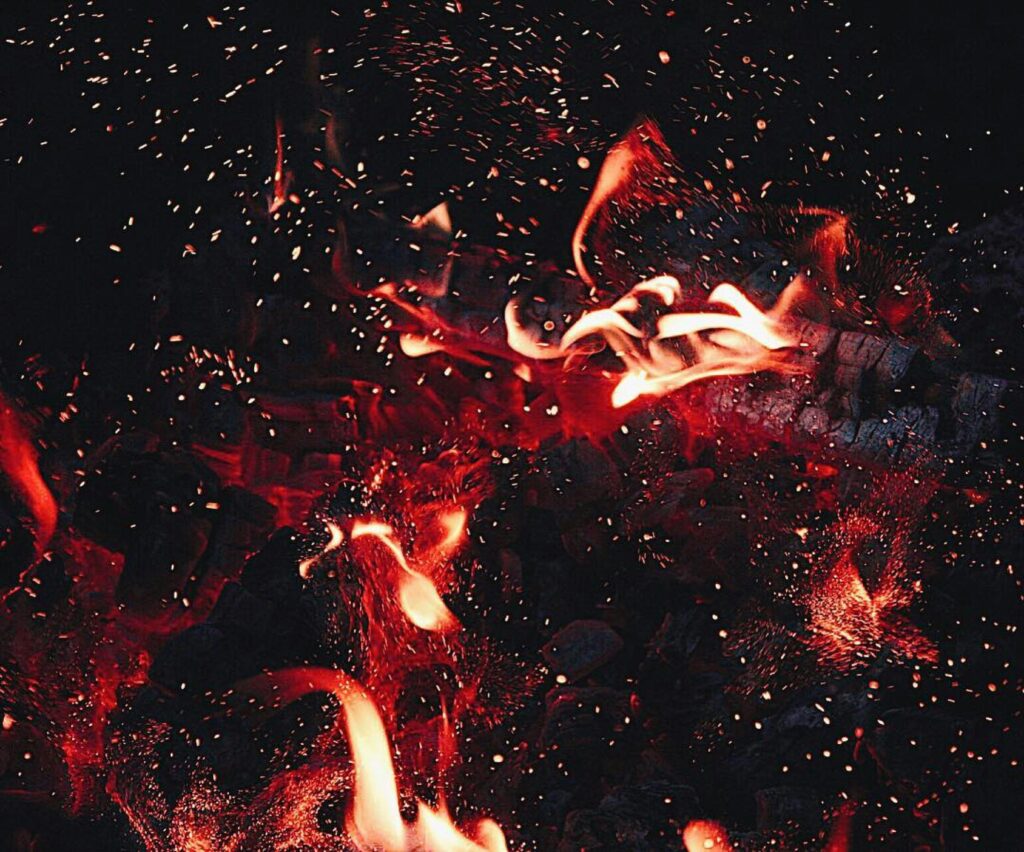
In shamanic practices, smoke often symbolized transformation. Shamans believed that animal spirits rode on smoke during rituals, appearing in the curls and waves. These shapes could guide healers, offering wisdom from the natural world.
But there was a darker edge to this idea too. Some claimed that hostile animal spirits, like wolves or snakes, could also arrive through smoke. If those forms showed up uninvited, it was a sign that danger was close. People often felt watched when the smoke shifted into eerie patterns.
10. Smoke as a Spirit Cloak
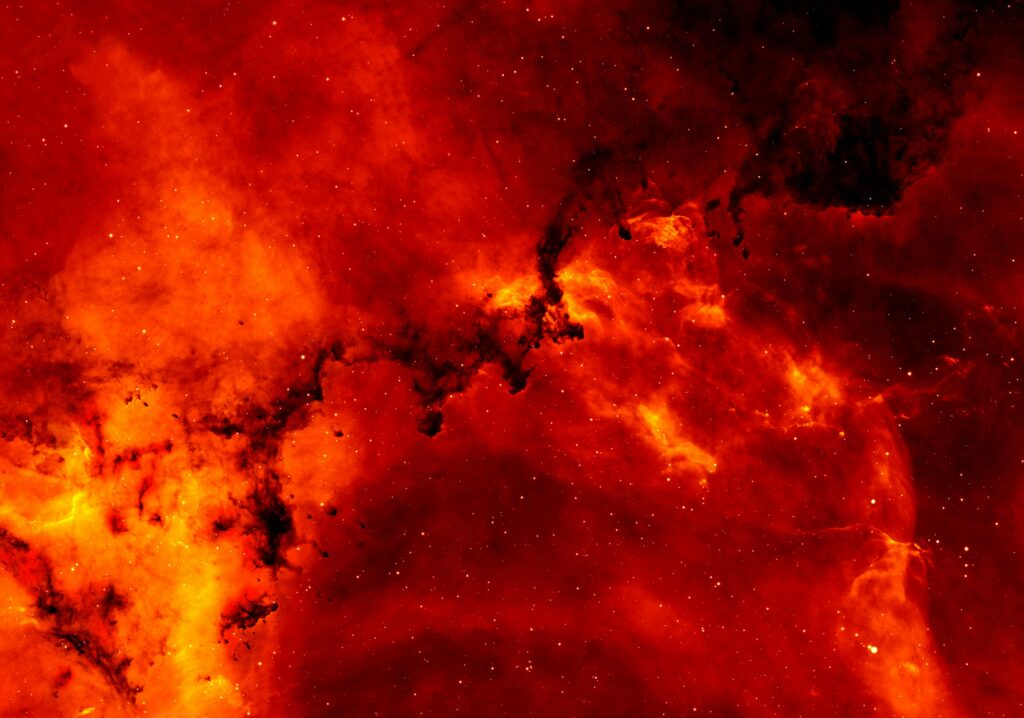
Folklore also suggested that spirits could hide inside smoke, using it as camouflage. Ghosts were believed to slip through cracks and drift unnoticed by riding with the smoke. This idea explained why people sometimes felt sudden chills when smoke filled a room.
The fear was that while you focused on the haze, something unseen was moving right beside you. It gave smoke a reputation as more than air pollution—it was a cover for the supernatural. In the right light, smoke was less about warmth and more about hiding what you couldn’t see.
11. Smoke and Curses
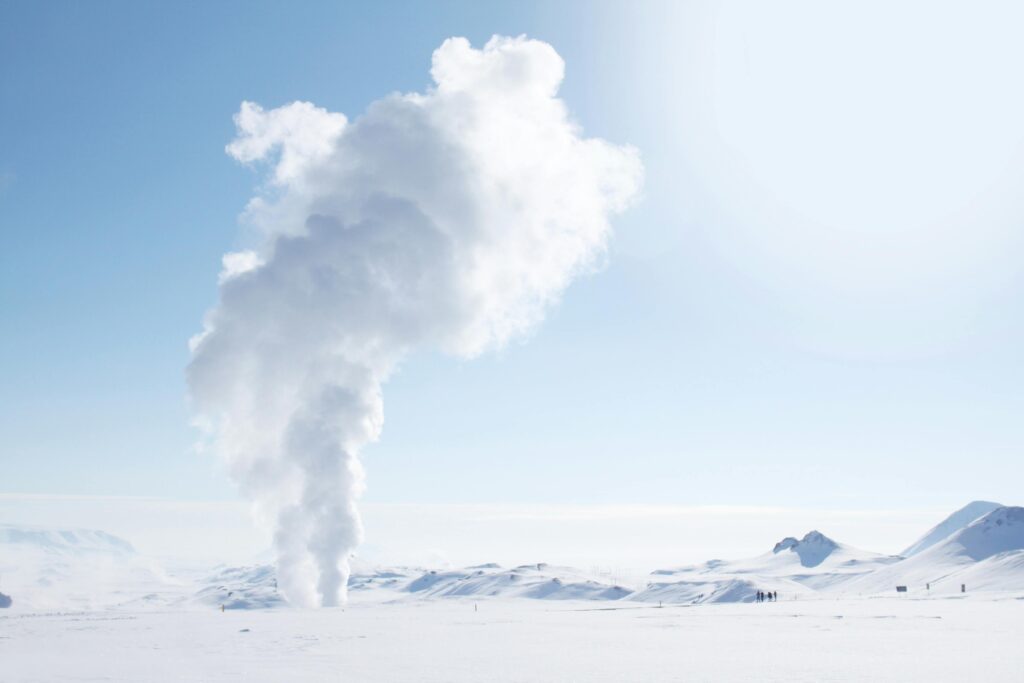
In some cultures, curses were cast by blowing smoke into someone’s face or across their path. The idea was that the smoke carried the curse into their body, where it would take root. Once inside, the curse was nearly impossible to shake.
Even unintentional smoke could raise suspicion. If someone got a whiff of strange-smelling smoke and later fell ill, others might say they’d been cursed. It gave every smoky encounter a sense of danger, as though malevolent forces could be hidden in the air.
12. Smoke and Souls of the Lost
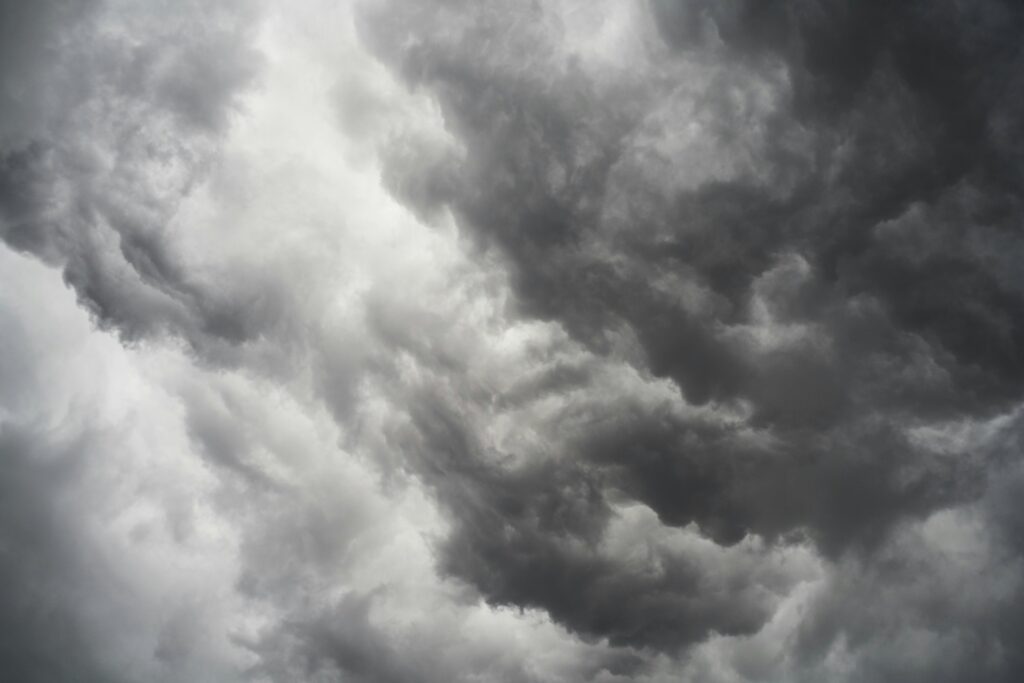
Some myths claimed that lost souls wandered inside smoke, searching for release. When mist or smoke clung low to the ground, people thought it was the restless dead refusing to leave. This belief made campfires and hearths feel haunted at times.
Travelers especially feared smoke on lonely roads. If the haze thickened suddenly, it could be interpreted as souls gathering around. The idea that you weren’t just surrounded by smoke but by countless unseen spirits made even a short journey unnerving.
13. Smoke as a Warning from Nature
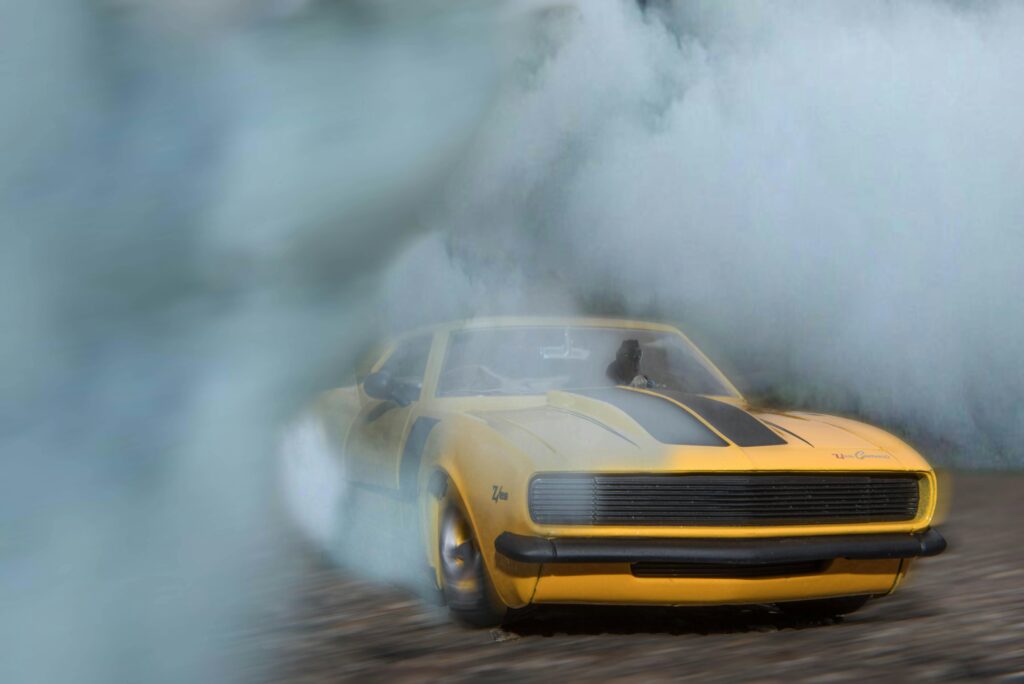
Lastly, some cultures believed smoke itself was a messenger of nature. When forests or volcanoes erupted with smoke, it wasn’t only an environmental danger but a warning from the earth. The land was seen as angry, expressing itself in dark plumes.
This connection made natural disasters feel personal. If smoke rose in an unusual way, it wasn’t just a weather pattern—it was nature speaking directly to humans. To people who lived closely with the land, that message could feel both awe-inspiring and terrifying.
